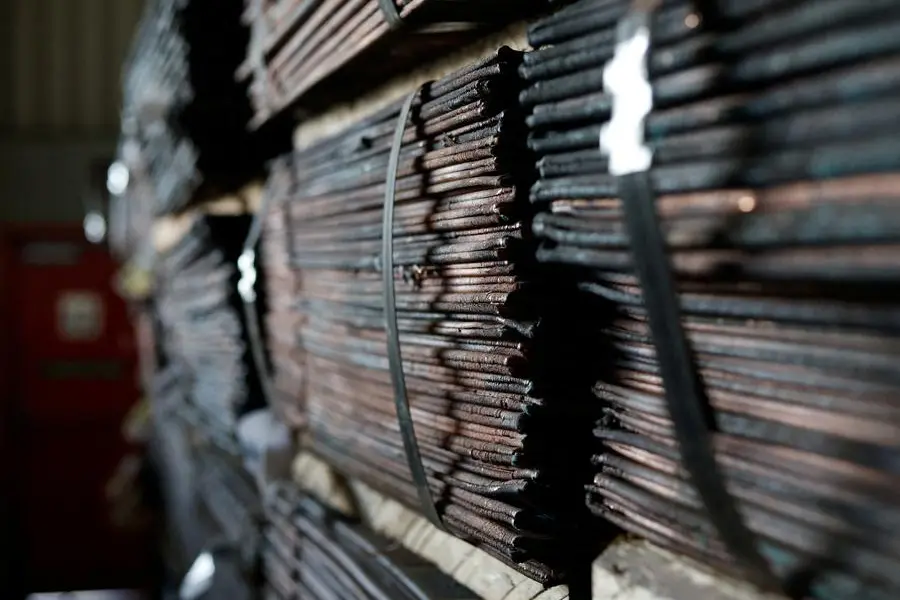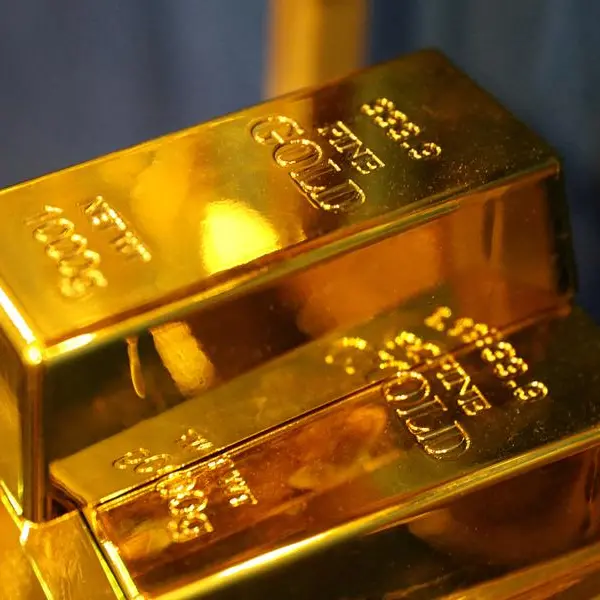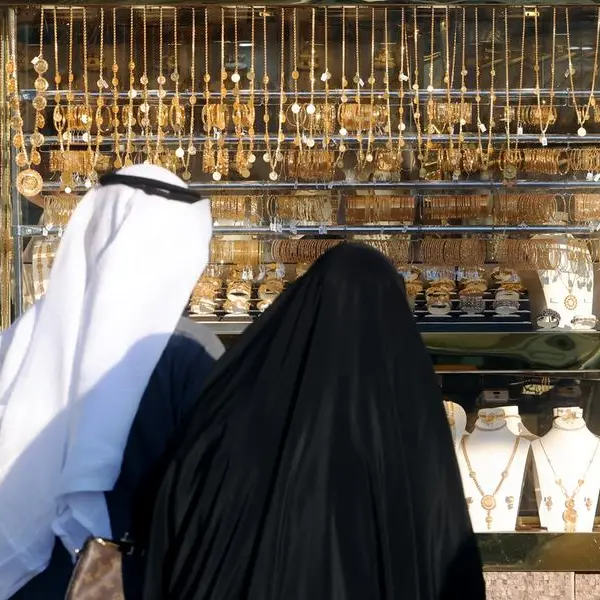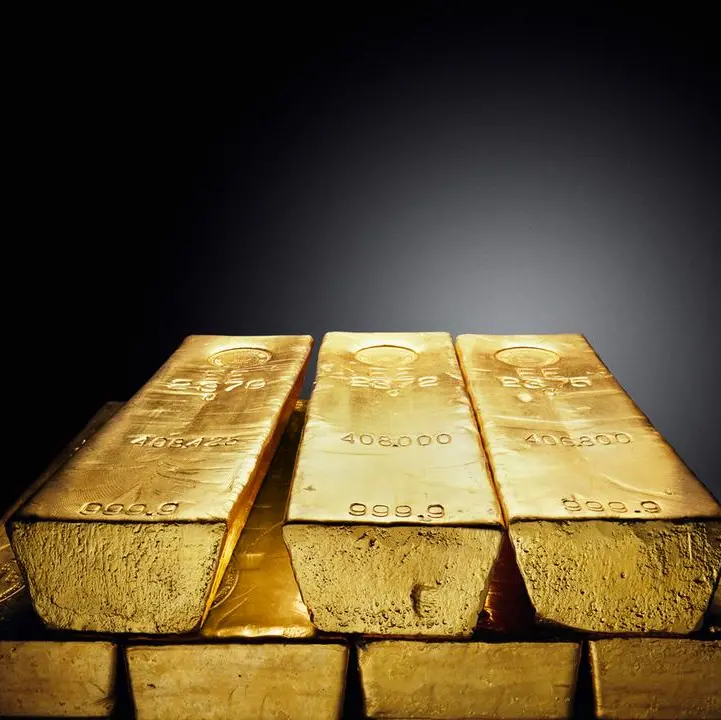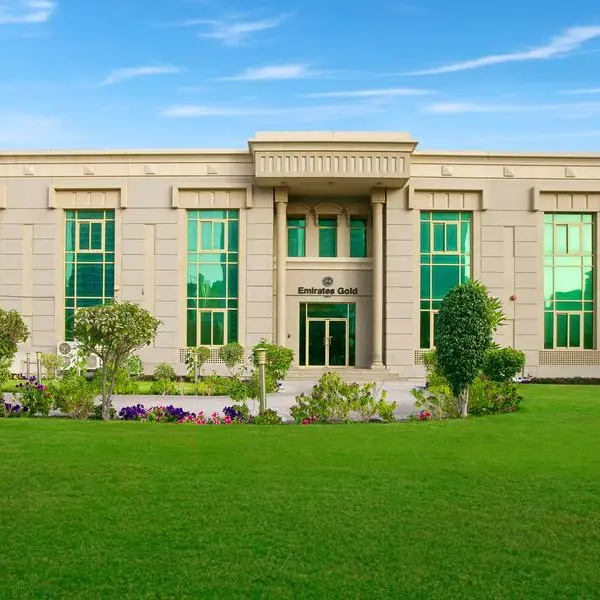PHOTO
Photo used for illustrative purpose. FILE PHOTO: Raw copper from Zambia awaits export in a warehouse at Newlyn Terminal at Bayhead at the port in Durban, South Africa, April 4, 2024. REUTERS/Rogan Ward/File Photo
Copper prices were set for their first weekly gain in six on Friday, supported by supply worries due to a strike at a mine in Chile and receding fears of a recession in the United States.
Three-month copper on the London Metal Exchange fell 0.3% to $9,118 per metric ton by 0731 GMT after hitting a two-week high of $9,184.50 earlier in the session. The metal is set to snap five straight weekly losses, with a 2.8% gain.
The most-traded September copper contract on the Shanghai Futures Exchange closed up 2.2% at 73,930 yuan ($10,308.29) a ton. The contract climbed to a two-week high of 74,080 yuan earlier. SHFE copper also posted its first weekly gain in six.
A strike at mining giant BHP's Escondida mine in Chile, the world's largest copper mine that accounted for nearly 5% of global supply in 2023, sparked concerns about supply disruptions.
"The (copper) bears are worried about the mine's history of long strikes," said Sandeep Daga, a director at Metal Intelligence Centre.
A 44-day strike in 2017 at Escondida sparked a copper price rally. There were also other strikes in 2006, 2011 and 2015.
In SHFE warehouses, refined copper stockpiles fell to 262,206 tons, the lowest since March 8, exchange data showed.
Meanwhile, positive U.S. retail sales and jobs data eased worries about a potential recession in the country that had pushed base metals prices down in the past three weeks.
"The one-way rally in metal prices (this week) made several bears - who had built positions assuming that the global sell-off ... might mark the beginning of a larger downside - rushed to close their trades," Daga said.
LME aluminium shed 0.5% to $2,351 a ton, tin lost 0.3% to $31,870, zinc dipped 0.3% to $2,773.50, lead edged down 0.4% at $2,025.50 and nickel declined 0.6% to $16,225.
SHFE aluminium rose 1.4% to 19,370 yuan a ton, zinc advanced 2% to 23,325 yuan, lead increased 1.7% to 17,795 yuan, tin jumped 2.3% to 262,470 yuan while nickel fell 0.7% to 127,920 yuan.
($1 = 7.1719 yuan)
(Reporting by Mai Nguyen in Hanoi; Editing by Subhranshu Sahu and Eileen Soreng)
